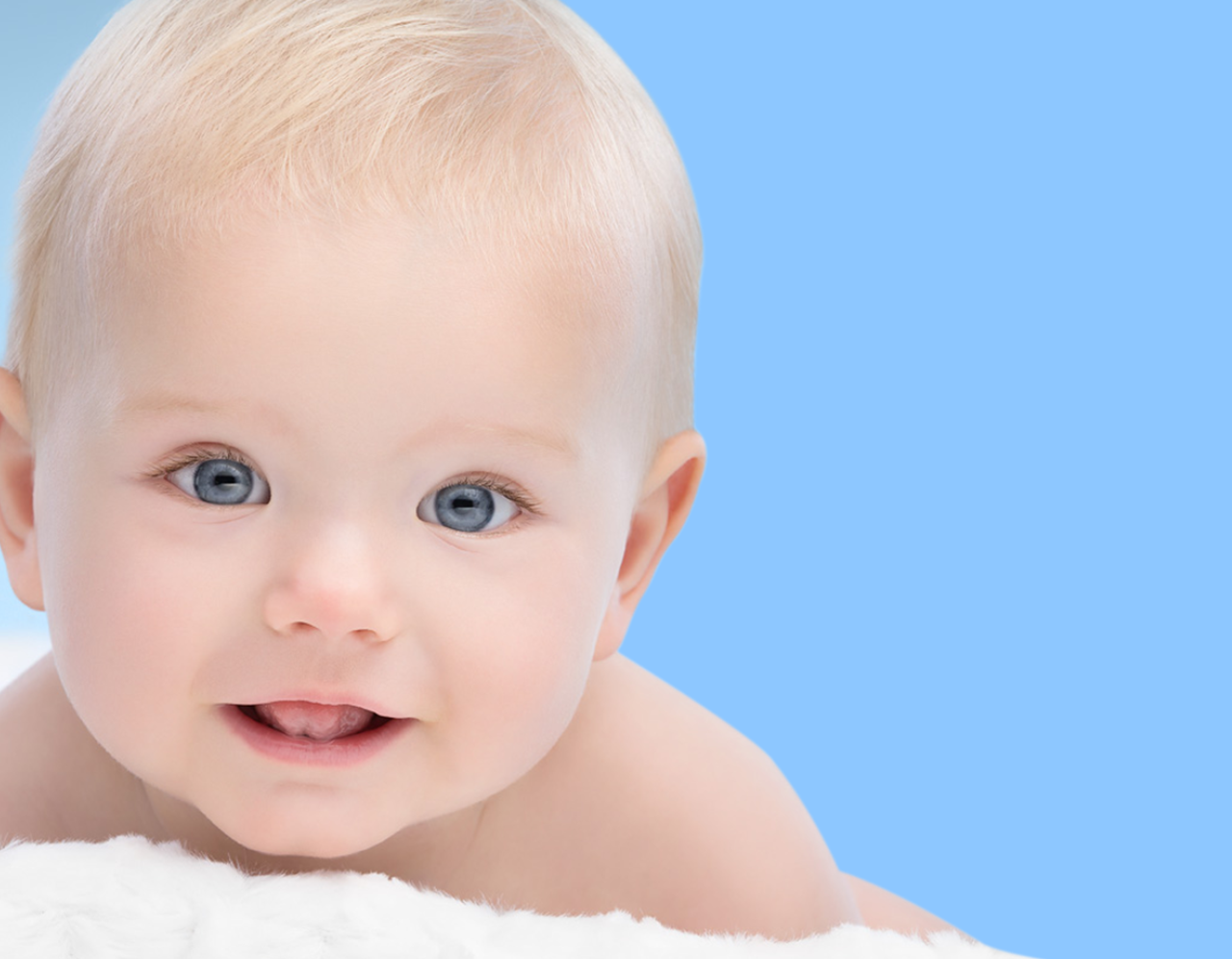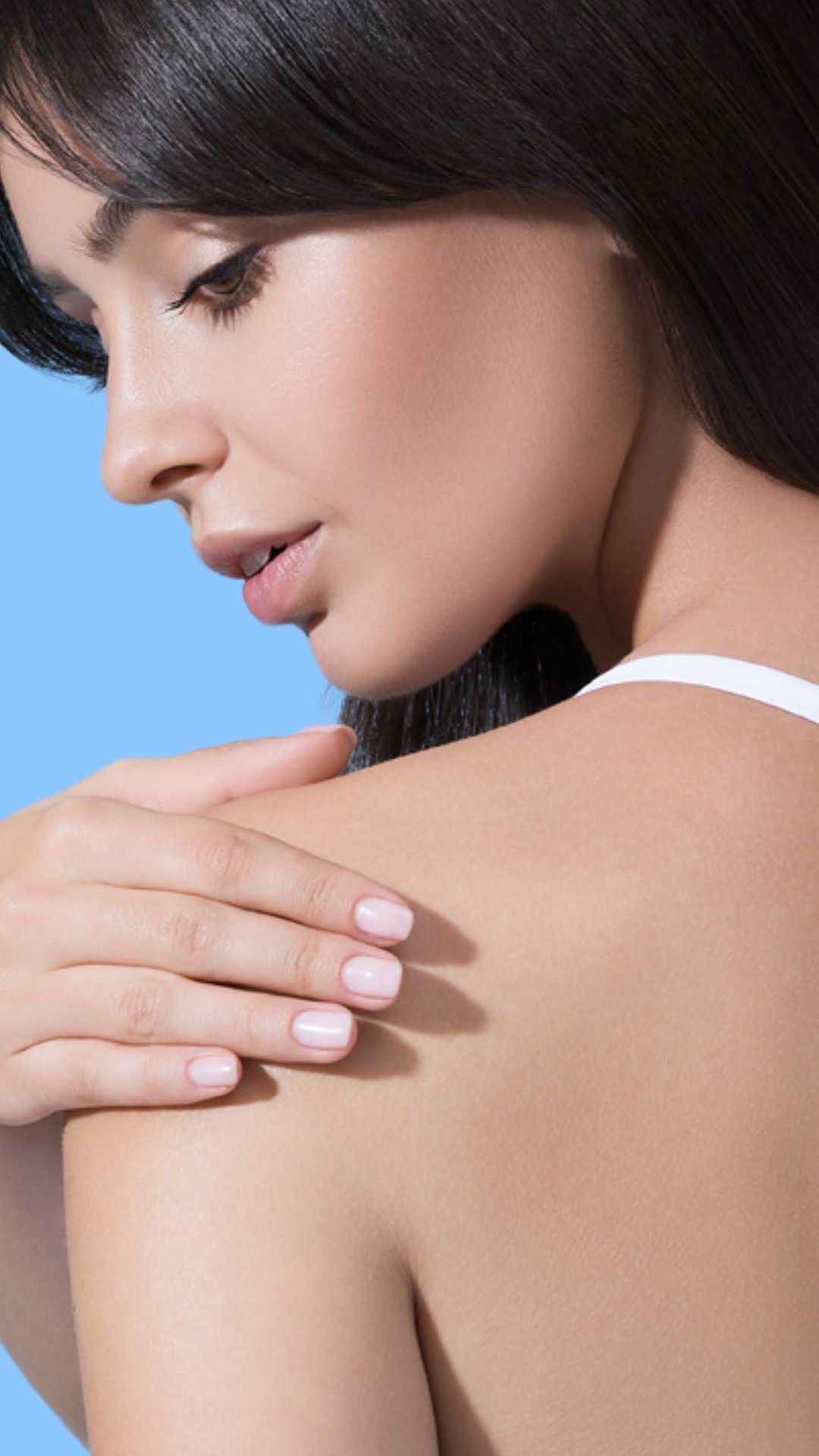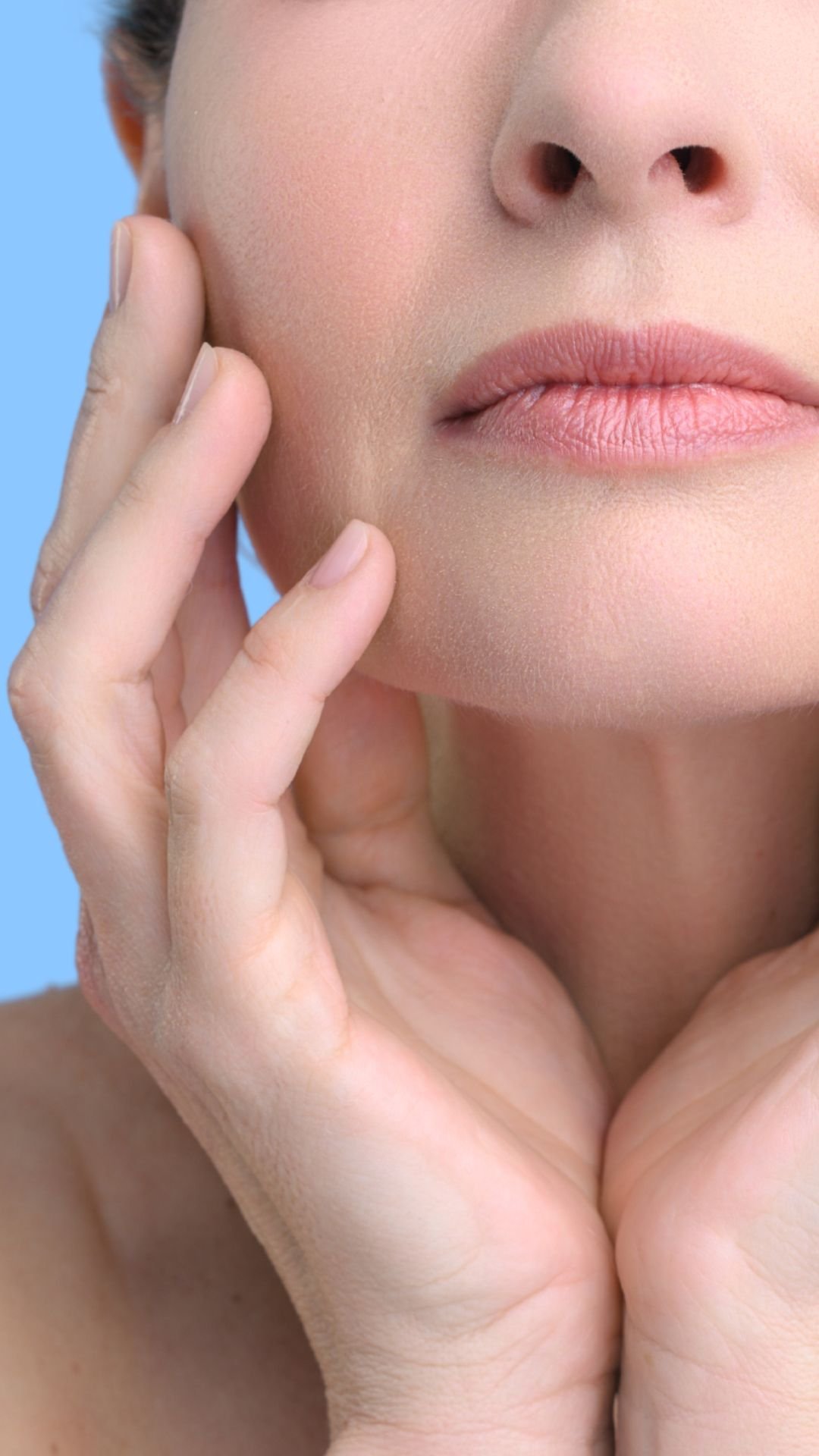
.png?width=832&height=996&name=blog%20foto%20ma%C5%82e%20(2).png)
Skin rashes are among the most common reasons for parents with pre-school children to visit their paediatrician. Skin lesions occurring in infectious diseases can take on different forms - from a spot or papule, to a vesicle, pustule or small wound. The most common causes of infectious skin lesions are chickenpox, roseola (common sixth disease), erythema infectiosum or hand, foot and mouth disease (erroneously called the Boston disease).
The rash accompanying diseases can result from different mechanisms, depending on the causative agent and the type of disease. The following are the most common causes of lesions on your baby’s skin, which will help identify the problem and take the appropriate measures:
- One of the more common causes of skin lesions is direct damage. It occurs when pathogens, i.e. foreign bodies or micro-organisms responsible for diseases directly invade a child’s skin cells, causing inflammatory lesions, vesicles, ulcers and local changes in skin colour. An example of such a disease is chickenpox, in which the virus attacks skin cells, causing itchy vesicles and scabs.
- Another cause of rashes is an autoimmune reaction. In some infectious diseases, inflammation of small blood vessels can occur, in which the mechanisms of our own immune system cause damage to the skin or vessels, treating them as if they were a foreign body.
- Toxins secreted by pathogens - some pathogens secrete toxins that damage the skin. An example of such a disease is scarlet fever, which is accompanied by a very fine red rash especially visible in the folds of the body.
- Reduced immunity - pathogens weaken the immune system, which increases the risk of skin infections such as dermatophytosis or herpes.
- Parasite-induced rash. Parasites such as scabies, mites and ticks penetrate the skin and cause skin damage through their movements and associated inflammatory reactions.
All these mechanisms can lead to skin changes such as vesicles, pigmentation changes, eczema and ulceration, which are characteristic of many infectious diseases. However, proper care of the child’s skin can alleviate these symptoms and thus reduce the discomfort.
Here are some tips for skin care during an infection with partial skin involvement.
During the infection, do not bathe the child to avoid excessive drying of the skin. However, the child’s skin should be cleaned regularly. In younger children, the skin under the nappy should be kept clean. This can be done using water and a mild baby wash. Moisturisation is particularly important, especially for dry skin and skin with atopic dermatitis following infectious diseases with skin lesions. A mild, baby-safe cream or emollient can be used. Sun protection is important, not only after recovery from an infection with skin lesions, but all year round.
Skin dehydrated by disease, especially the epidermis, requires special care to restore the damaged epidermal barrier and its functions. Emollients are the best solution in this case. They are among the dermocosmetics that exhibit lubricating (lipids), moisturising (humectants) and protective effects. Their specially selected composition supports and accelerates the renewal of damaged epidermis, restores the correct pH, inhibits excessive water loss, protects the skin surface from invasion by pathogenic organisms (viruses, bacteria, fungi), allergens or environmental pollution.
However, it should be remembered that the use of emollients is indicated only after the disease has passed and the skin lesions have calmed down, after the infectiousness has subsided, in order to restore and improve the restoration of the water-lipid layer of the epidermis, and to reduce TEWL and restore the functional balance of the skin. The physician recommends that emollients should not be applied to the skin during the acute, infectious period of the illnesses, as direct contact with the lesions promotes the spread of infection.
Every child is different and has different skin, so what works for one child will not always be suitable for another. When caring for your little one’s skin, use products that are safe and age appropriate, and if in doubt, consult your physician or pharmacist.
*This material was created in collaboration with Dr Piotr Fuss, a paediatrician.
.png?width=1280&height=996&name=PROVEN%20EFFICACY%20(1).png)
.png?width=832&height=996&name=blog%20foto%20ma%C5%82e%20(4).png)









